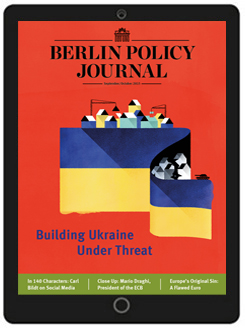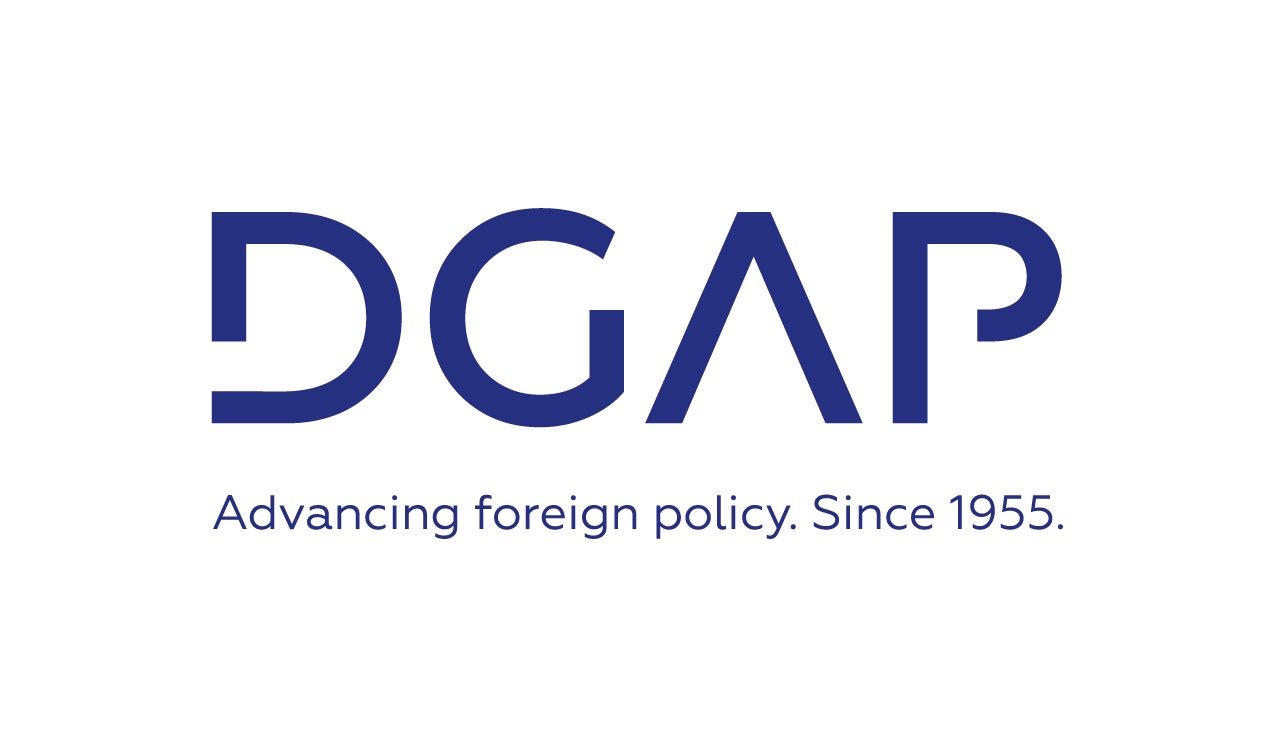A kleptocratic regime, mighty oligarchs – Ukraine was an economic mess before the revolution. Ricardo Giucci and Robert Kirchner, who advise the Ukrainian government, discuss Ukraine’s to-do list.
When the new government took over after the Maidan revolution, Ukraine was in a fragile macroeconomic situation. The Yanukovych administration had pursued a policy mix that left the country vulnerable. The hryvnia was highly overvalued, leading to a huge current account deficit of around 9 percent of GDP in 2013, while there was also a budget shortfall of almost 7 percent of GDP – leading to what economists called a “twin deficit”. This was really a macroeconomic problem brought about by imbalances in need of a significant adjustment, similar to what countries in the European periphery faced four years ago.One thing that has already been partly achieved – with the strong support of the International Monetary Fund – is that Ukraine has regained macroeconomic stability, and returned to a sustainable model. The current account deficit is much smaller now, laying the foundation for future growth in years to come. This is something far too few people talk about: despite an ongoing war in the east, Ukraine’s economy has been re-adjusted, partially undoing a legacy of poor macroeconomic management.
Where to Start?
Reform can be broken down, in our view, into five promising areas – banking, energy, FDI attraction, export promotion, and the attraction of project financing from official outside sources.
The banking sector provides an example of how reform is proceeding in general. Reform has thus far been driven largely by the central bank, the National Bank of Ukraine, which has made real progress in tackling structural problems. The central bank has intervened in more than 50 banks out of around 180. And it has taken a particularly tough approach towards banks that are not fulfilling regulatory requirements, curtailing the deposit decline, at least for the time being.
What remains to be done is a much more comprehensive rebuilding of the sector to make it function like a Western banking system, which means that vested interests need to be tackled – and this will be no easy feat. Past attacks on the National Bank of Ukraine have ostensibly centered on its devaluation of the currency, but were in reality the actions of vested interests afraid of losing assets they had invested. With the support of the IMF, the central bank has been taking a strong stand against vested interests, and already a number of oligarchs have practically lost their banks. Several have been shut down, even among the top ten.
…
Read the complete article in the Berlin Policy Journal App – September/October 2015 issue.








